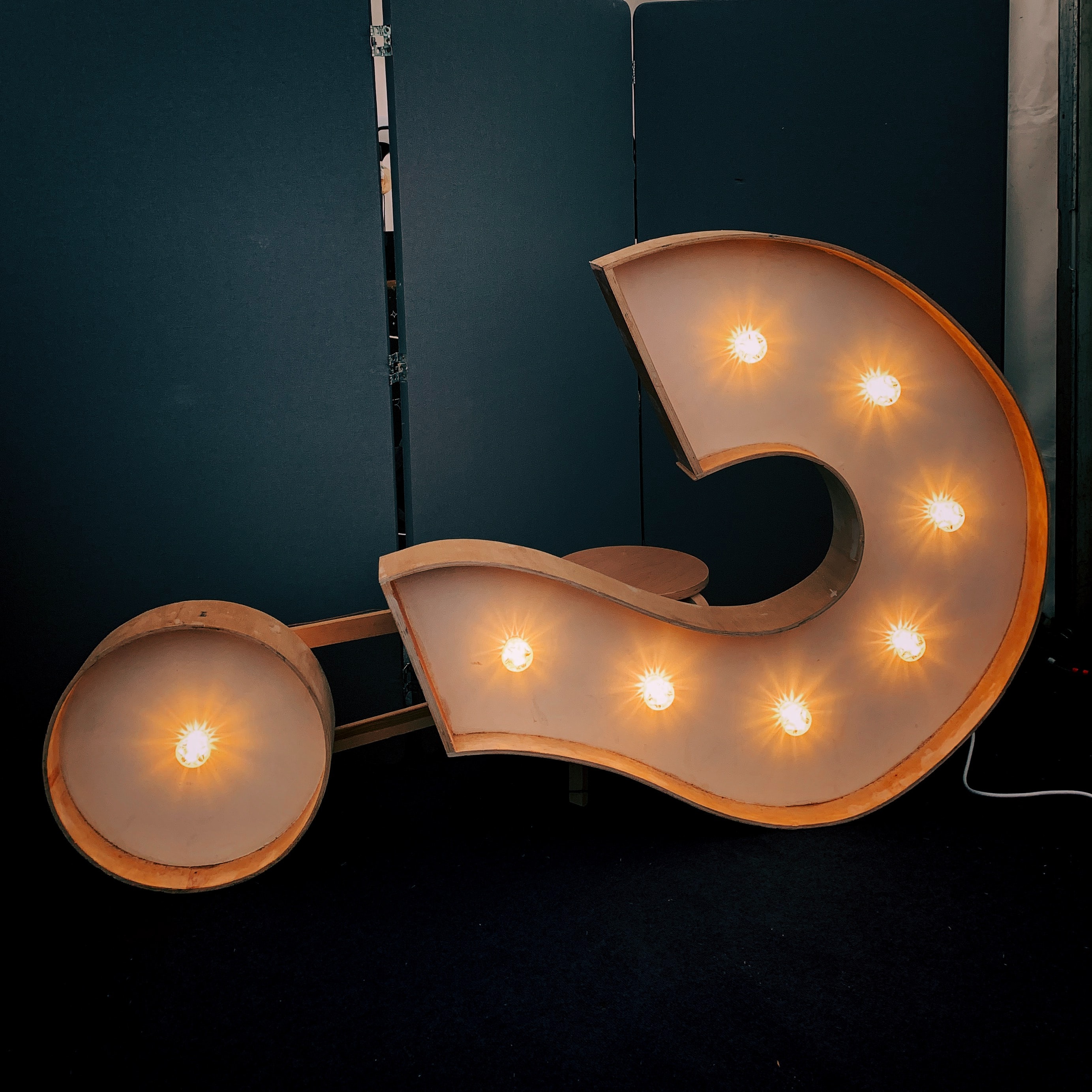Frequently Asked Questions

What should I expect from a session?
Sessions are 75 minutes (around 60 on the table + intake/checkout). Shorter sessions are also available and may be recommended based on age and sensitivities. At the beginning of the session the client will walk and be observed by the Rolfer™ to observe structural holding patterns and tension in the body. Movement is an important piece in the work. Observing the client in gravity gives the Rolfer a clearer picture into how energy transmits through the body, and how your body responds to gravity. Once the structural reading is completed, the client will be on the table for most of the session. Work on benches and in standing can help the process. A second structural reading will be done at the end to see the progress.
What should I wear for a session?
Sessions are easiest to complete when clients are in their undergarments. This allows the practitioner to see more clearly. Though underwear is preferred, men can also wear baggy shorts or a bathing suit, and women can wear a jog bra and shorts or a two piece bathing suit. Tight racerback jog bras are comfortable for the client, but are not preferred for sessions. Having the spine mostly exposed is a great help in sessions. Clients can also be draped for the session. Ultimately the comfort of the client is most important, so voice any concerns and we can work to accommodate any client.
Do I need all ten sessions?
The theory of Rolfing is based on the completion of a ten series, and the client will get the most from the work if they complete it. However, it is not for everyone. A first session or three session series are great tools to determine if the ten series is right for you. Clients have reported feeling positive effects after just the first session.
Is Rolfing painful?
There are lots of rumors out there about Rolfing being painful but, there is no reason that it needs to be. Some areas will be very tender and may cause discomfort due to injury or holding pattern. It is important to talk to your practitioner about how the work is feeling. You should not have to hold your breath, move another body part, or clench to deal with something your Rolfer is doing.
How is Rolfing Different than Massage?
Massage aims to relax clients, increase range of motion and blood flow, as well as for some pain relief. Rolfing on the other hand aims to create change in the body, whether it be in a holding pattern, in posture, or just to help with compensations from injuries. Clients walk and participate in sessions to see how the body naturally moves. This way, the Rolfer is able to address patterns seen in movement and help the body move more freely. The Rolfer aims to educate the client about his/her body, so they can be aware of how they move, how the compensations and holding patterns feel to them, and how their body can feel when these patterns are altered.
More On How Rolfing is Different than Massage